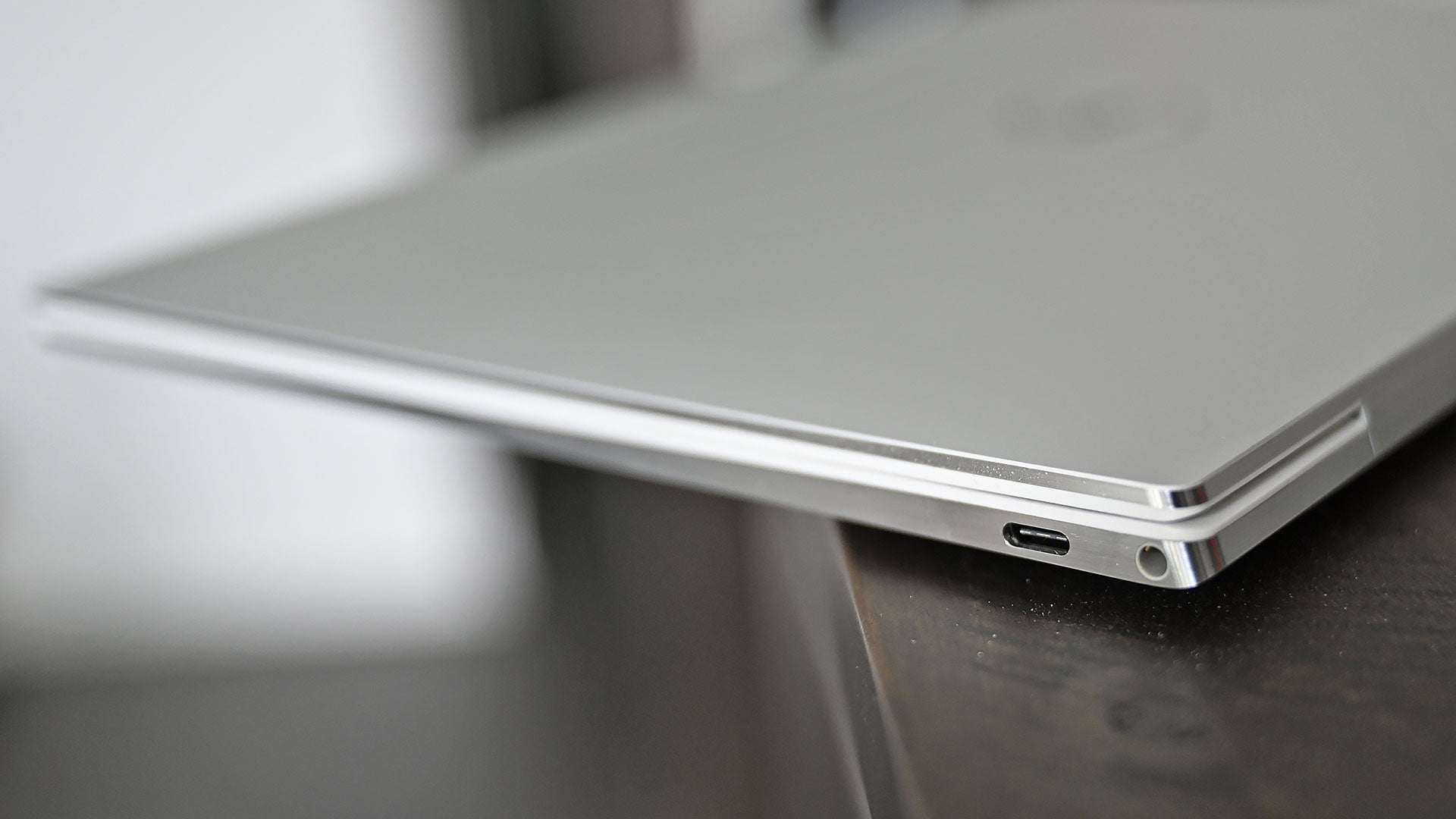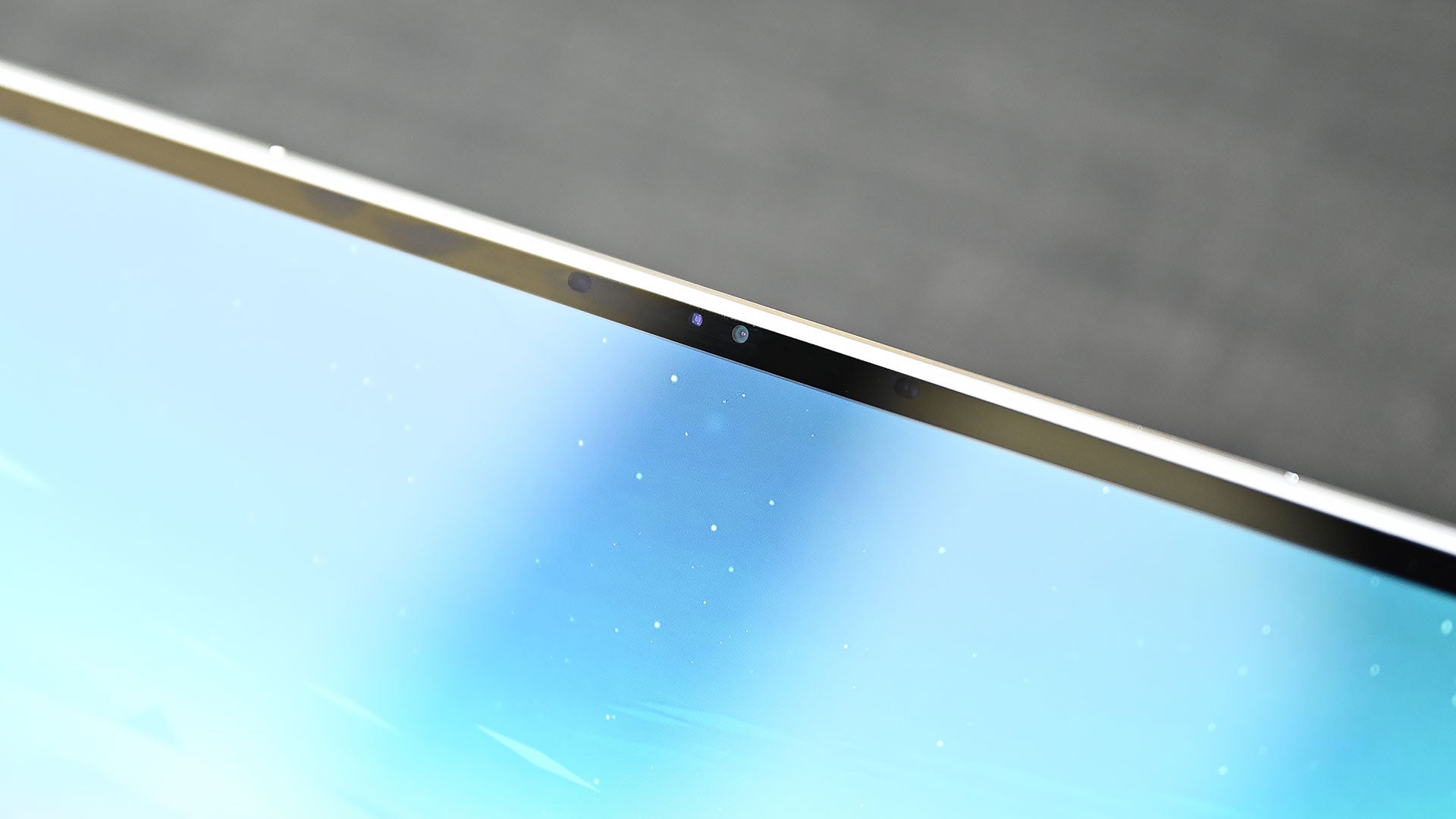The Dell XPS 13 Is Still The Best All-Rounder Laptop
by Alex Walker
There are some devices out there that are just good defaults. Things you buy when you know you need something, but you don't really know what you want. You just need it to be decent, with the minimal amount of fuss.
For years, that's been the Dell XPS 13 in a nutshell - and it still is.
For about as long as I can remember, the Dell XPS 13 has been a great all-rounder. Dell’s expertise in chassis design, screens and refinement have given them a nice, comfortable position in the PC laptop market.
If you didn’t know what laptop you wanted, but you wanted something nice, and something that ticked most of the boxes, the XPS 13 would do the job.
But over the last few years, the XPS 13’s pedestal has been steadily challenged. HP’s Spectre quickly became some of the best looking laptops on the market, even branching into leather. Huawei came out of the gates with their take on a Macbook Air, competing so strongly that their Matebook X Pro laptops sold out in Australia as soon as they went on sale.
The Surface line has excelled with their hardware designs, and their 3:2 screen has been so good for productivity that other manufacturers (like Huawei) have followed suit. Razer’s not to be ignored either: their Stealth 13 is now eerily close to the weight of most thin-and-light laptops, except it’s packing a decent discrete GPU.
So the XPS 13 had to change. And while 2020’s model doesn’t have any radical changes, it has made some sensible concessions.

The first and most noticeable change is the screen. 16:9 has been ditched for the slightly squarer 16:10. It’s not as helpful for, say, writing in Google Docs or working in browser tabs like Microsoft or Huawei’s 3:2 designs, but it’s still a noticeable improvement.
There’s Windows Hello support, both in the form of fingerprints (via the power button in the top right of the keyboard) and the in-built webcam. The webcam is mounted in the top bezel of the screen, as opposed to the nose-camera that the XPS 13 was sporting a couple of years ago. Windows Hello works much the same way Face ID does on iOS devices. It's not quite as accurate or quick, but it's relying on the angle of your laptop and the field of view in an ordinary laptop webcam. It works fast enough in good light, so in all the situations you'd normally be using a laptop, Hello works well enough.
Like last year, every XPS 13 model comes with a USB-C to USB-A dongle, although most people will probably want to shell out on any decent USB-C hub for better functionality. The XPS 13 only has two USB-C ports on either side, but you can charge the laptop through either port. There’s an in-built SD card reader on the left side, and a 3.5mm jack on the right.
My version of the XPS 13 is the black carbon fibre version, complete with the anodised aluminium sides. I’ve never liked Dell’s carbon fibre models: they pick up fingerprints way too easily, and just feel a little bit gummy under the finger. Fortunately, you can still get the white fibreglass model (and make sure it’s white, not silver). Those keyboards are much nicer to type on. The stronger coating guards against some of the heat that rises through the keyboard when the laptop’s at full load. It’s not unpleasant or uncomfortable, but it’s something you can definitely notice - and hear, since the XPS 13’s fans can get noisier than you might expect.

The 2020 model is sporting Intel’s 10th gen Ice Lake series, ranging from the i5-1035G1 to the i7-1065G7. Ignoring the fact that CPUs are starting to sound like monitors these days, the main difference between the two is higher base and boost frequencies (1.0GHz/3.6GHz to 1.3/3.9GHz). The i7-1065G7 comes in 15W and 25W versions, but the official Dell manual says all versions of the 9300 only ship with the lower-powered, 15W version.
It doesn't seem like a huge amount of difference, although you can see the generational differences between the i7 chips in last year's Dell XPS and the 2020 version through these productivity benchmarks below.




The Zephyrus G14 really stands out here because it's a much more recent innovation. AMD's latest laptop CPUs have double the cores and threads of Intel's offering, and Intel's newer chips aren't due to start showing up in thin-and-light devices until later this year. Having more cores will have a huge impact in any benchmark or real-world browser apps, and you can see the difference that it makes here.
Still, the benchmarks also show the generational leap between XPS models. It's not insignificant by any means. And the generational improvements to the Iris Plus onboard graphics make the XPS 13 9300 good enough for low-end indie games like Slay the Spire and Disco Elysium. (Disco Elysium runs even better now, thanks to a great update from the developers.)
The XPS 13 9300 has the exact same chip and spec as what was in the XPS 13 7390, though, so much of what I wrote then applies here. More intensive games like Overwatch will run, but you'll have to annihilate every graphics option to the lowest setting possible, and then you'll still be playing at sub-60fps settings on a screen with pretty sizeable input latency (35ms). What you're better off doing is focusing on slower, more thoughtful games, like Legend of Runeterra, Endless Legend, Magic Arena or retro titles.
The benefits from the 2-in-1 come over to the classic XPS 13 as well. The keyboard's nice and big, the travel distance makes typing pleasant, and the trackpad is as good as they come. Battery life is a little bit better on the XPS 13, partially because it's not a 2-in-1 and because my review model was the 1920x1200 500 nits display that uses less than half the power of the 4K model. In real-world terms, I got around eight hours usage going through my regular heavy Chrome-based workflow. The XPS 13 9300 lasted just a touch over nine hours watching Netflix through Wi-Fi at 50 percent brightness, which was about half an hour better than last year's model. Again, that's not much surprise given the differences between the 2019 and 2020 models.

In all, this year's XPS 13 does everything well. The chassis design hasn't changed a great deal in years, and doesn't need to. The keyboard and touchpad are, as in years before, excellent. I'd still prefer a USB-A or third USB-C port over the card reader, only because the integrated GPU and amount of cores mean you're never likely to use the XPS 13 9300 for serious video or photo editing. But you buy laptops for a purpose, and if that's your primary function, then the XPS 15 or the Gigabyte AERO models (particularly the ones with OLED screens) make more sense.
The only real kicker is that it's not that exciting, primarily because there wasn't much refinement that Dell needed to do to begin with. The bigger problem is on the horizon though, with laptops set to get some big CPU upgrades
quad-core laptops will be replaced with 6-core or 8-core models. And that alone will bring the most appreciable difference in laptop performance in years. That's partially thanks to AMD finally emerging with a credible alternative in their laptop CPUs. You can get some Intel 8-core laptops today, but they're only available in in vastly heavier laptops, not thin-and-light notebooks like the XPS 13. Dell's own XPS 15 doesn't have the 8-core chips yet, only the 6-core i7-10750H, and that's not a thin-and-light alternative since it weighs just over 1.8kg.
So that thin-and-light 8 core dream will have to wait for a while, which sucks for anyone hoping to take a plunge on a new work laptop before tax time. ASUS's Zephyrus G14 is a great alternative, but it's not quite light enough to fill the role that the XPS 13 does. The Surface Laptop 3 has the same 4-core chip, but a slightly uglier bezel around the screen, so the difference between those two is more form than function. Lenovo's laptops with 6-core chips are all 15-inch laptops or bigger mobile workstations, and the refresh of their thin-and-light line won't happen until later in the year.
So for now, the XPS 13 9300 remains where it was. It's a well-designed, great looking laptop with an improved screen, no nose-cam and a lovely chassis that's nice to the touch. It's a design so well refined that there's not really a lot more Dell can do until there's a hardware evolution in laptop screens, CPUs or GPUs. Everything else, Dell has done about as well as it can. The only question for you is: can you wait 12 months? If you can, the jump in laptop performance will be truly massive. But if you can't wait, or you really need that tax write-off, you won't find much in the 9300 to fault.
The Dell XPS 13 9300 is available in Australia now, starting from $2378 and going up to $4400 depending on configuration. Our review unit, featuring an i7-1065G7, 16GB RAM and a 512GB M.2 drive, currently costs $2803.